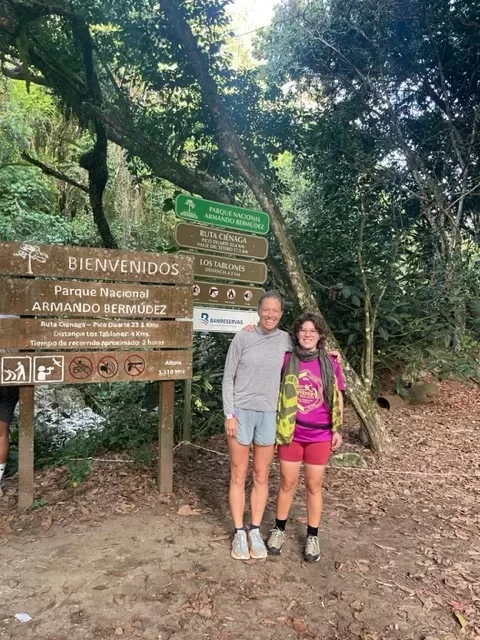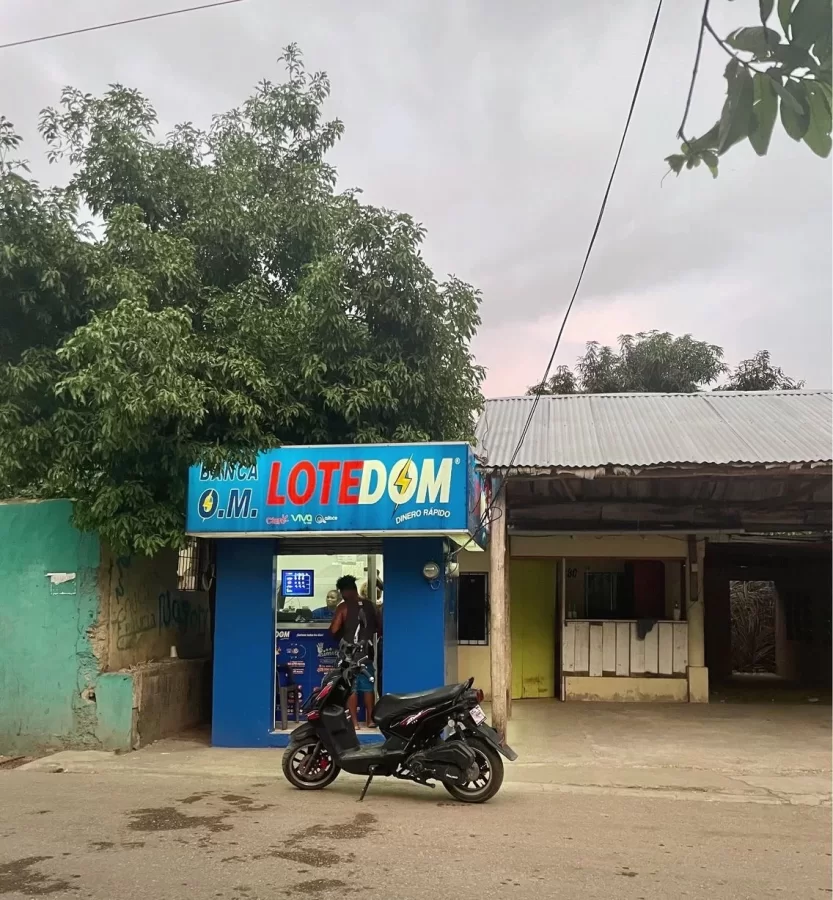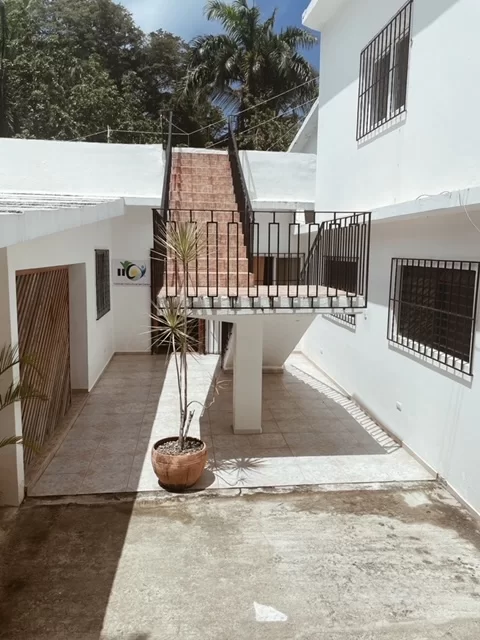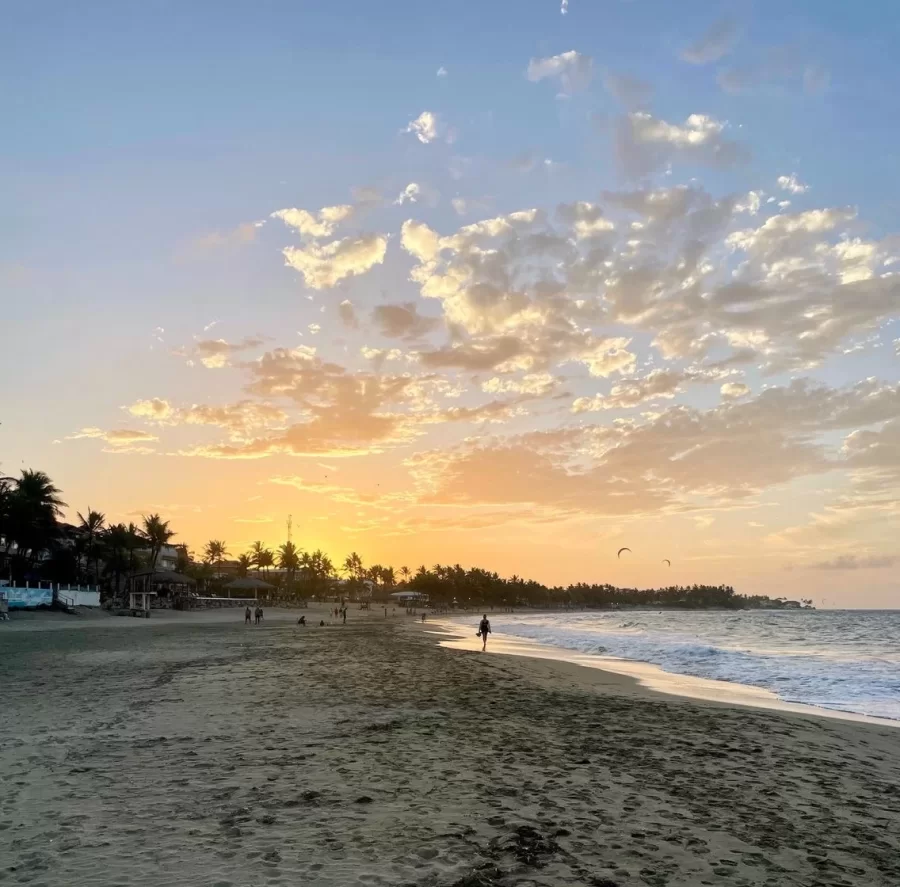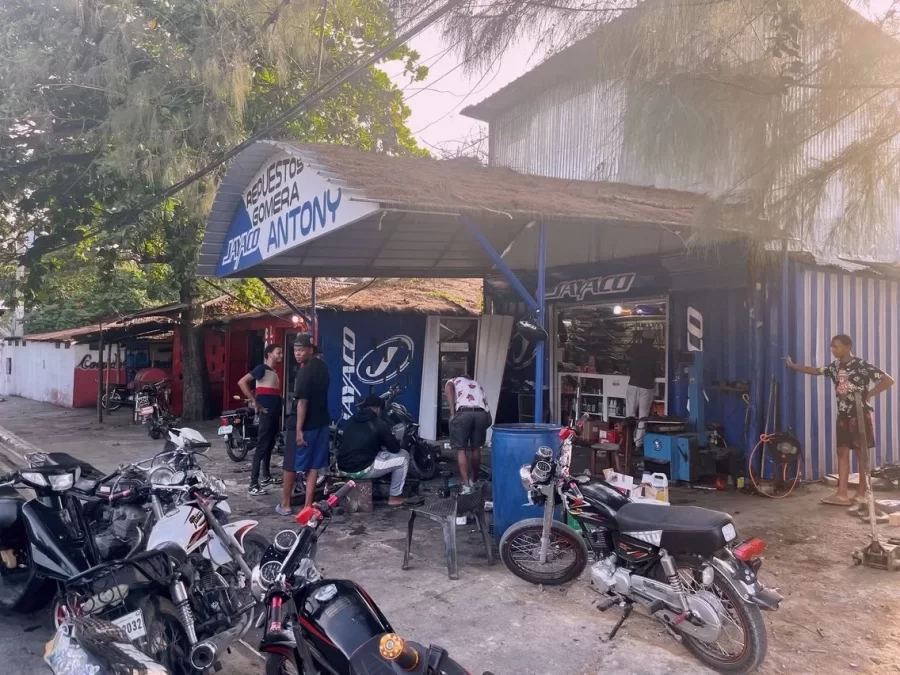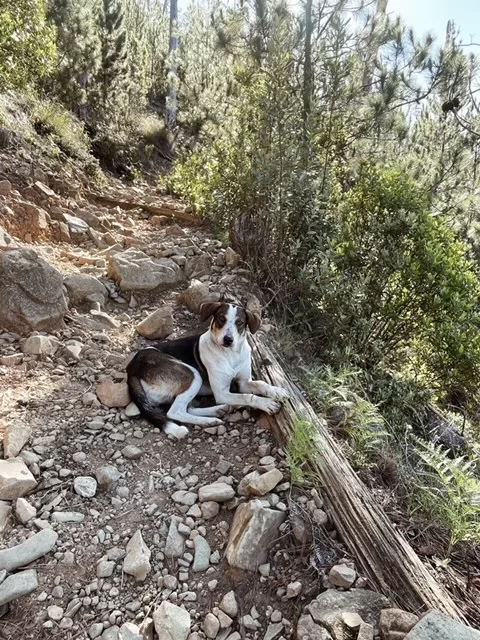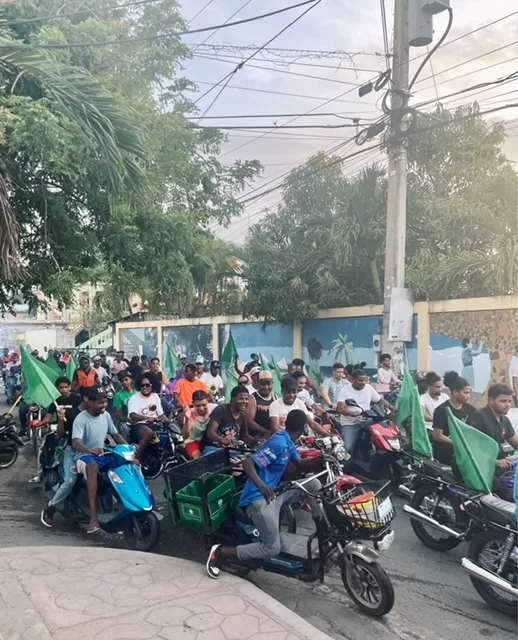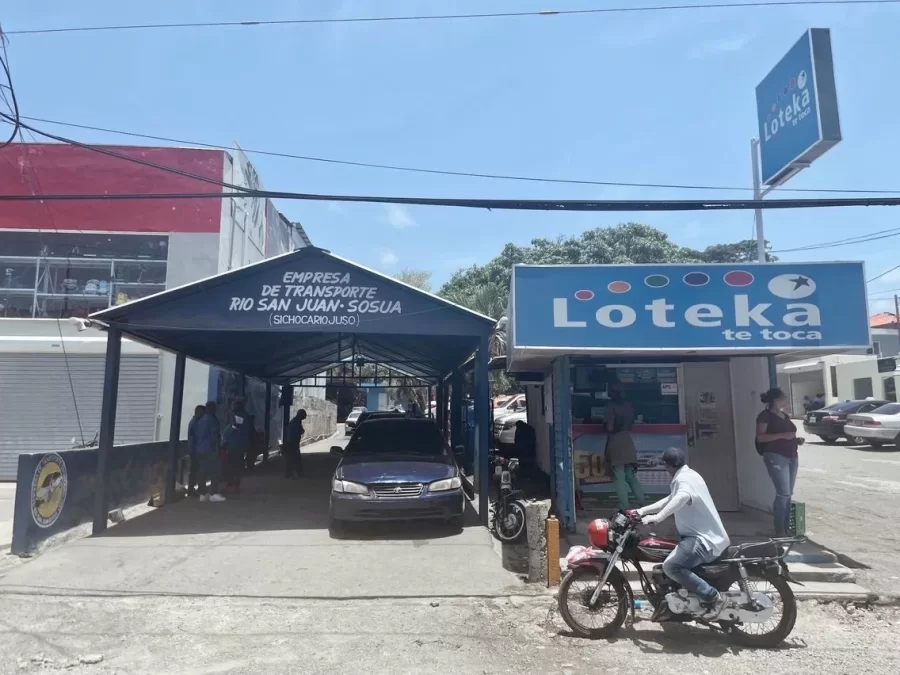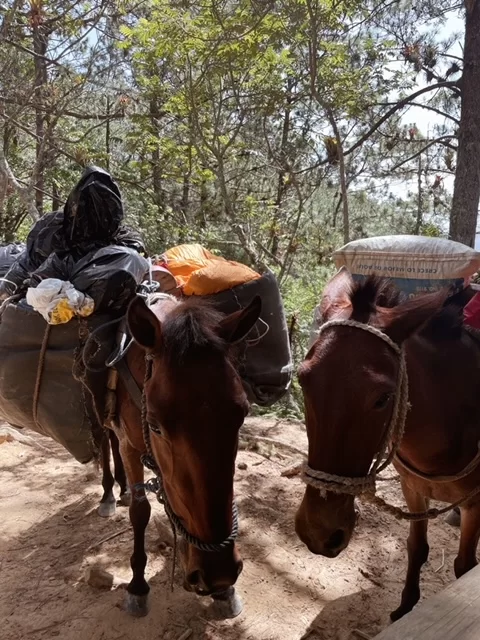2023 Barlow Travel Grant
Quincy Snellings ’15
Personal Background
Since I began teaching seven years ago, the Dominican Republic has figured prominently in my classroom. In Lawrence, MA, where I began teaching through Teach For America, over 70 percent of my students had familial connections to the Dominican Republic. In Harlem, New York, where I currently teach, roughly 50 percent of my students are from Spanish-speaking families, many of whom are from the Dominican Republic. While I can speak basic Spanish, I wanted to learn more about Dominican culture and improve my speaking abilities better to meet the needs of my students and their families.
Through the generosity of the Barlow Grant, I traveled to the Dominican Republic, where I studied Spanish for three weeks and documented daily Dominican life to supplement my school’s third-grade unit on immigration. My school is next to Washington Heights, a predominantly Latinx neighborhood. I wanted to document life in the Dominican Republic so that my students can better understand and appreciate the ways in which immigrants enrich New York by bringing elements of their home country with them.
Trip Report
I arrived mid-week in Puerto Plata, on the north coast of the D, and spent the first 5 days settling into life in Cabarete, a beach town. I choose to stay in Cabarete because of its beautiful beaches, small-town feel and the opportunity to learn to surf. Sosua, where the language school is, is a much larger city, with a seedier reputation, especially at night. Although I was initially apprehensive about the commute, I am happy with my choice because I was able to meet locals in the carritos (old Toyota Camrys that commute back and forth along the main road and are stuffed with six passengers) and explore daily life in two cities along the coast.
I quickly settled into Cabarete, and I signed up for surf lessons to meet both Dominicans and expats on the waves. Water sports are a major part of the North’s economy. Many local men work as surf or kitesurf instructors, but Dominican women are largely absent from water sports. However, the Mariposa Foundation, which I learned about my first day on the water, is trying to change that by offering free summer and after-school academic and extracurricular enrichment for at risk girls. The girls would bike to the beach and spend the morning surfing. They exude joy on the waves and are slowly changing perceptions about girls and water sports in the community.
On my first weekend in Cabarete, my surf instructor, Jared, offered to show me and a friend around a waterfall in Puerto Plata, his hometown. While Jared is fluent in English and has spent years working in the United States and Europe (something that was true of many Dominicans I met while in Cabarete), he was patient and supportive as I practiced my Spanish. After learning about the history of Puerto Plata, we headed to the waterfall. On the hike up, we passed families preparing Sancocho, a typical Dominican stew, and playing in the river. I swam in the waterfall until a water snake slithered by. Some entrepreneurial youngsters tried to catch it to sell back in town. After our hike, Jared brought us to a Comedor (a local Dominican restaurant) that his friend owned for lunch. The fried chicken was second to none! I tried to pay for our trip or at least offer gas money, but Jared refused to accept a cent. This played out multiple times while I was in the Dominican Republic. People wanted to share their country and did so with extreme generosity.
After my five days of fun and exploration, I started intensive Spanish at the Institute Intercultural del Caribe in Sosua for 6 hours a day. I had group lessons with one other student. Our teacher, Victor, the director of the school, was incredible. During the majority of our lessons, we would talk about topics ranging from the existence of god to American and Dominican Politics. For the final 30 minutes, we studied grammar. For the first time, I finally understood the subjunctive and why Spanish is considered such an emotional language. In the afternoon, I had one-on-one lessons with Evelyn. We focused on grammar which supported my conversation in my morning lessons.
In the afternoon, I returned to Cabarete and spent my afternoons exploring the town by running, taking photos, and practicing Bachata. During one commute, the hood of the carrito flew off and hit the windshield. Our driver immediately pulled off the road and returned our money. Everyone in the car was shaken but leaped out quickly to catch another car. Once in a guagua (a 10-passenger van known for carrying upwards of 20 people), I started a conversation with one of my fellow accident mates, Luis Ricardo. The next day when I walked to the beach, I ran into him; he worked as a security guard at the hotel next to the beach. We exchanged numbers, and he offered to help me practice Spanish whenever I passed by. Most afternoons, we would spend some time chatting next to the fan in the hot parking lot.
On my second weekend in the DR, I traveled to the country’s interior to hike Pico Duarte, the tallest mountain in the Caribbean (10,000 ft). The 45 km hike can only be done over two days with a guide and mules (“for emergencies”). I was planning to go solo (my preference was to go with a Dominican tour group, but this proved impossible with my strict language schedule), but at the last minute, a fellow student from the language center asked to join. I was happy to have a hiking companion.
We spent Friday traveling from Sousa to Jarabacoa and La Ciega, where the entrance to Pico is. We stayed at a local hotel (basically a room in a family home). The hotel owner had her whole family over, including a neighbor, and whipped up a dinner of freshly picked and fried plátanos. In the morning, we set off. Our guide had all our food and packs with the mules. We hiked for 3 hours without seeing another person but did pick up a trail dog, Maje. Maje is friends with all the guides and lives on the mountain. He picks groups to hike up and down with. The guides fed and cared for Maje in return. Maje hiked to the top with us, slept at the foot of our sleeping mats, and followed us all the way down. On our hike down, we ran into a big group of Dominican hikers who had been out on some other trails for the weekend. They meet up via a Pico WhatsApp group. I made a note for next time.
The next two weeks flew by. I gained more confidence in Spanish class but still have difficulty understanding Dominican Spanish when people are talking to each other (as opposed to me directly) because of the speed, slang, and dropped endings. I loved my experience in Cabarete and with the language school. I hope to return for more weeks of study in the future!
Reflections and Next Steps
My most surprising takeaway was about being a student. As an adult learner, I was extremely motivated to study Spanish. However, when I learned something new and didn’t quite get it, I would feel frustrated- just like my students. It was also challenging to sit and focus for 6 hours a day for 3 weeks. My students are asked to do so for 8 hours a day 9 months of the year. This experience reinforced how important breaks, games, and positive reinforcement is for kids in the classroom.
I will continue to study and practice Spanish outside of my professional life. I have signed up for Tandem, a language exchange app, and have been doing Duolingo 30 minutes daily to sharpen my grammar. I plan to do another immersion program next summer to try to become fluent in Spanish.
I am excited to share my photographs with my students during our immigration unit and am already thinking about how to plan a walking tour of Washington Heights to supplement the photographs. I know my students will be excited to learn about my experience in the Dominican Republic and it will give them an opening to talk about their home countries and neighborhoods.
Finally, thank you to David Barlow for the opportunity to study Spanish and learn more about the place many of my students’ families call home. Your support has already impacted my classroom and will continue to do so for years. Thank you!
